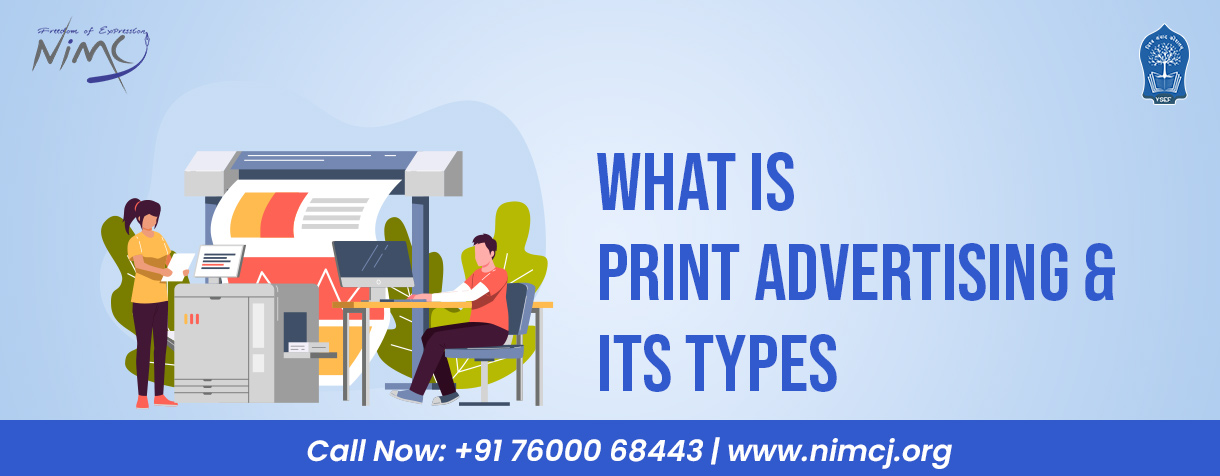What is Print Advertising and its Types-Elements

Print advertising has been a fundamental part of marketing strategies for decades. Even in the digital age, it continues to hold significance for brands looking to reach specific demographics. Print advertising uses physical printed media to convey messages to potential consumers.
What is Print Advertising?
Print advertising refers to promotional content published in various print formats such as newspapers, magazines, brochures, posters, and billboards. Unlike digital ads, print ads are tangible and offer a unique way to engage readers. They serve as a medium to inform, persuade, or remind consumers about a product, service, or idea.
Print advertising is designed to captivate attention using visual appeal, memorable headlines, and persuasive copy, aiming to influence consumer behavior.
Elements of Print Advertising
Effective print advertising relies on several crucial elements:
- Headline: The first thing a reader notices. It should be engaging and to the point.
- Imagery: Powerful visuals help convey the message quickly and can evoke emotions that complement the copy.
- Copy: The written content that elaborates on the product or service. It must be persuasive, concise, and aligned with the brand’s voice.
- Call to Action (CTA): Encourages readers to take the desired action, such as visiting a website or purchasing a product.
- Design and Layout: Balances text and visuals to ensure clarity, easy reading, and engagement.
Types of Print Advertising
There are several types of print advertisements used for different purposes:
- Newspaper Ads: A common type used to reach broad audiences. These can be placed in various sections, from classifieds to feature articles.
- Magazine Ads: Often more niche, these ads are found in specialized publications and are designed to appeal to particular reader demographics.
- Brochures and Flyers: Short, informative content used for local marketing or event promotions, often handed out directly to consumers.
- Billboards: Large-scale outdoor print ads meant to capture the attention of people in transit.
- Direct Mail: Personalized print ads sent directly to potential consumers' homes. These include catalogs, coupons, and promotional offers.
Advantages of Print Media Marketing
Print advertising has a range of benefits:
- Tangibility: A printed ad can be physically touched and kept, offering longevity.
- Credibility: Print ads in reputable publications often hold more trust than digital pop-ups.
- Targeted Marketing: Magazines and newspapers often cater to specific audiences, allowing brands to reach the right consumers.
- Less Competition: With so much focus on digital media, print ads often stand out as unique and less saturated.
- Local Reach: Newspapers and flyers are perfect for regional campaigns, allowing for hyper-local marketing efforts.
Print Advertisement Examples
- Magazine Ad: A full-page, high-quality ad in Vogue magazine promoting a luxury perfume, using strong imagery and a brief, emotive copy to enhance brand prestige.
- Newspaper Ad: A half-page ad in a local daily promoting a retail sale, featuring a bold headline and a strong call to action like Limited Time Offer.
- Brochure: A real estate agency distributing a professionally designed brochure showcasing properties, with each page dedicated to a different home listing, complete with images, details, and contact information.
Conclusion
Despite the rise of digital marketing, print advertising retains its power by offering a physical, credible, and memorable experience. It allows brands to connect with targeted audiences and stand out in a cluttered digital environment. As students of mass communication and journalism at NIMCJ, understanding the relevance and strategies behind print advertising is crucial for navigating the ever-evolving media landscape. Whether used in isolation or as part of an integrated marketing campaign, print advertising continues to play an essential role in brand promotion and consumer engagement.
Also read:
Types of Advertising Copy
15 Oct 2024
Post by : NIMCJ
